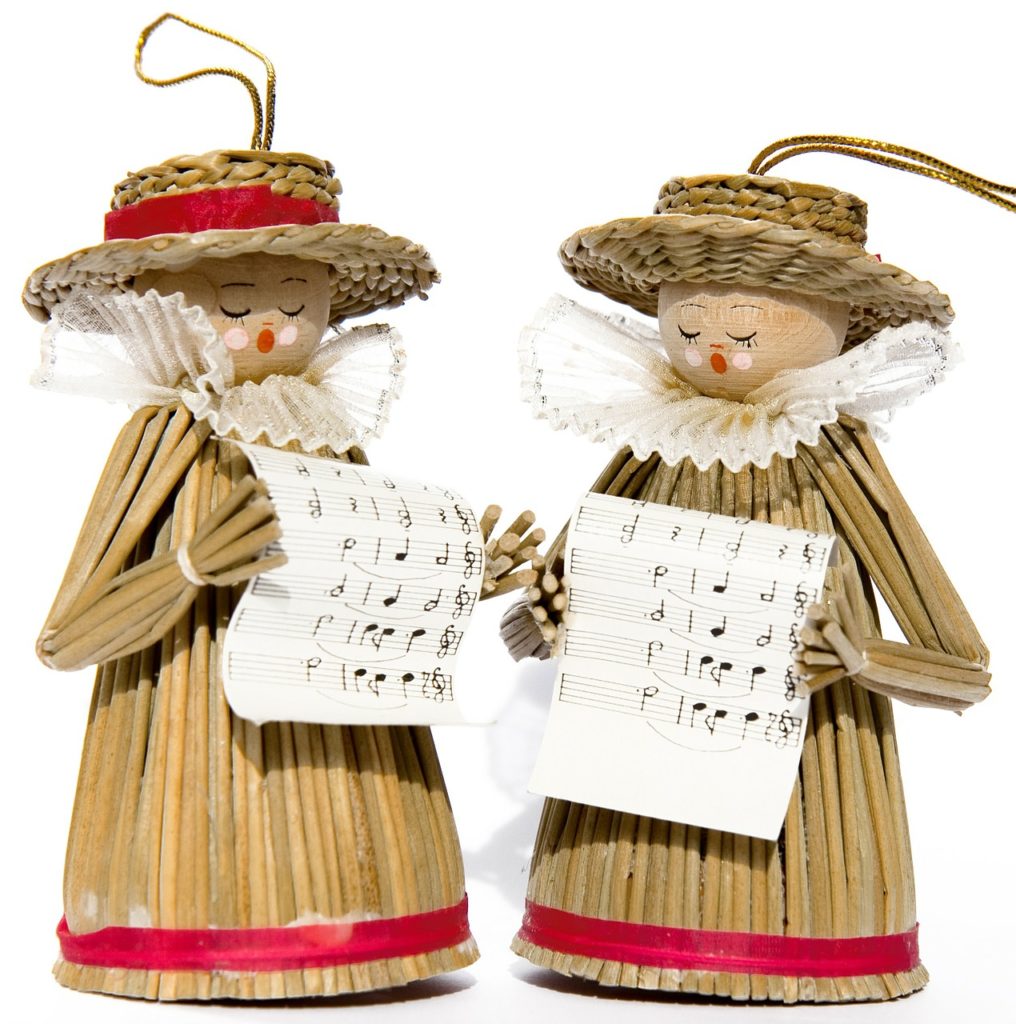Sing the solfege syllables above each line as you sight sing the chromatic shape notes. The sing-along song will help get the sound of the sharps in your ear.
Notice that Do gets turned into Dee by adding a sharp sign (the hashtag) before the wedge-shaped note. Then, the wedge-shaped note turns back into Do by adding a natural sign.
By extension, any note can turn into a sharp syllable when the sharp sign gets placed before the note:
- Do turns into Dee
- Re turns into Ree
- Fa turns into Fee
- Sol turns into See
- La turns into Lee
Likewise, any sharp can turn back to the usual syllable by adding a natural sign.
If you need a tutorial on shape notes read:
For a rhythmic syllables review:
The sharps-exercise above starts with Do on the note C. Since Do is moveable to any note as the starting point, the chromatic scale can begin on any note.
Therefore, the key of G major has Do starting on the note G while G# has the solfege syllable Dee. You can see this happening in the example You’re a Grand Old Flag.


